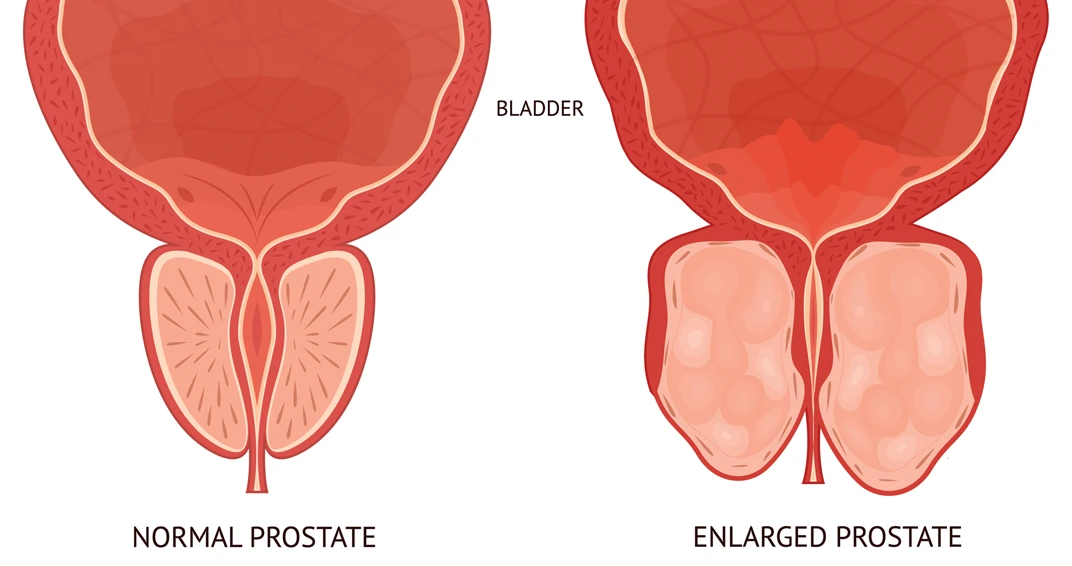Prostate Artery Embolization (PAE) is a minimally invasive procedure to treat lower urinary tract symptoms (LUTS) in men with enlarged prostates due to benign prostatic hypertrophy (BPH).
PAE is an emerging procedure in the United States studied extensively in Europe. PAE is shown to have similar outcomes to traditional surgical techniques in relieving urinary symptoms. PAE is unique because it treats very large prostates that are more difficult to treat with surgical techniques.

PAE Effectiveness & Benefits

How is PAE performed?
PAE is performed by injecting small particles, called embolic agents, into the arteries that supply blood to the prostate.
The embolic agents block the flow of blood to the prostate, causing the gland to shrink and relieve symptoms of benign prostatic hyperplasia (BPH), a noncancerous enlargement of the prostate gland.
How effective is PAE?
PAE is very effective with similar outcomes to minimally invasive surgical therapies and TURP (transurethral resection of the prostate) and without many of the sexual side effects.
PAE is an outpatient procedure with reduced recovery time compared to TURP or open surgery.

What are the benefits of PAE?
- Non-surgical: PAE is a less invasive alternative to traditional surgical options for BPH treatment, such as transurethral resection of the prostate (TURP). There is no need for general anesthesia or overnight hospital stays.
- Quick recovery: PAE typically results in a faster recovery time compared to surgery, with many patients able to return to their normal activities within a few days.
- Reduced risk of complications: PAE can be used to treat very large prostates, which classically are treated with laser enucleation, TURP, or prostatectomy. PAE does not have the sexual side effects associated with the other treatment options.
- Improved or decreased symptoms: PAE is effective in reducing symptoms associated with BPH, including urinary frequency, urinary urgency, and weak urine flow. It is also effective in treating complete bladder obstruction due to BPH.
Schedule an Appointment
To discover the treatment path for your specific needs, contact us today to schedule a consultation with one of our board-certified, fellowship-trained interventional radiologists.
Conditions We Treat
Quick Links
Pay your bills securely online with credit cards, debit cards, or checks.
(763) 398-8710
veincenter@mplsrad.com
2800 Campus Drive, Suite 20
Plymouth, MN 55441